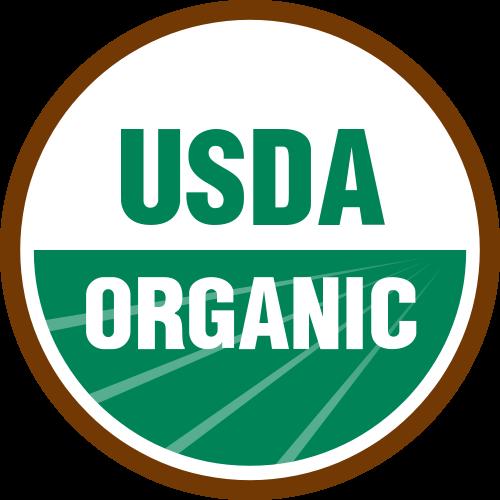
Positive brand recognition—having a brand the buyer can trust—is the cornerstone of marketing success. The same applies to USDA and, more specifically, the USDA organic seal. Since its origination in 2000, the green and white seal for certified organic products has become one of the world’s most recognizable food labels, and the USDA’s National Organic Program (NOP) is serious about protecting what it stands for.
Ensuring the integrity of USDA organic products in the United States and throughout the world—that’s the mission statement of the NOP, a part of USDA’s Agricultural Marketing Service (AMS). To determine how effectively we have been carrying out that mission, we recently took another look at our strategic plan in a 2011 Refresh.
A strategic plan serves an organization best when it is reviewed and updated regularly. Timely review allows an organization to reflect on its successes while identifying new stakeholder needs.
For the National Organic Program, examining our activity over just the past year helped paint a clear picture of how much we have achieved in a short time period. Multiple rules have been published since 2010 to support industry, including:
- amendments to substances allowed and prohibited in organic agriculture as enumerated in the National List;
- proposed implementation of periodic residue testing;
- finish feeding requirements for organic livestock;
- and analyses of the program’s small business impact.
We also produced a single reference source, the NOP Handbook, to encapsulate all of the program’s regulatory guidance, policy memos, and instructions. To increase communication with our stakeholders, we started the Organic Insider email news service and continue to update the information available on our website. Internally, the launch of the NOP Quality Management System is helping to organize the program’s operations.
With the progress and improvements made by these efforts, we also refined our priorities for the months ahead—many of which are already underway. Expediting post-appeals actions, developing guidance or instructions about certain agricultural practices like livestock feed additives, creating standards to encompass more aspects of organic production like pet food, and establishing equivalency arrangements with other countries to facilitate organic trade are just a few examples of these priorities. You can view a full list of projects in our 2011 Refresh.
While priorities may shift in response to organic industry or consumer needs, our core strategic goals remain unchanged.
We will continue to:
- effectively operate the program according to a quality management system;
- communicate clear standards;
- enforce the standards;
- encourage consistency by overseeing the work of domestic and international offices;
- and support administrative functions of staff.
To accurately reflect the actions necessary to carry out those goals, the 2011 Refresh revises some of the objectives and does a better job of articulating performance measures to assess how successfully the program is meeting its goals.
As the program evolves and matures its processes, it will regularly return to the plan. In all of this work, the National Organic Program remains committed to developing a resilient team of internal and external stakeholders to ensure the integrity of USDA organic products in the United States and throughout the world.
Visit our website for more information on the NOP 2011 Refresh.
